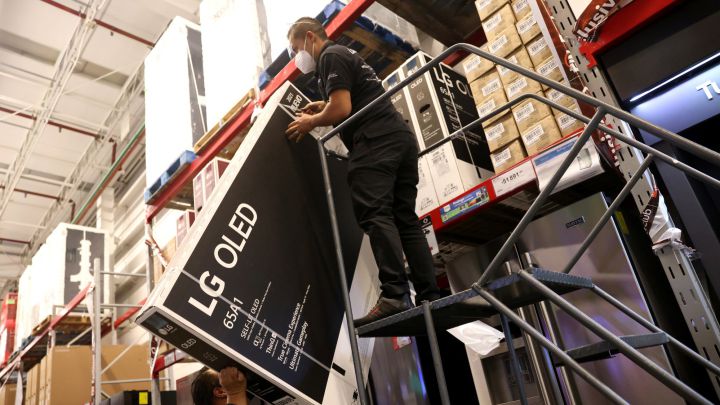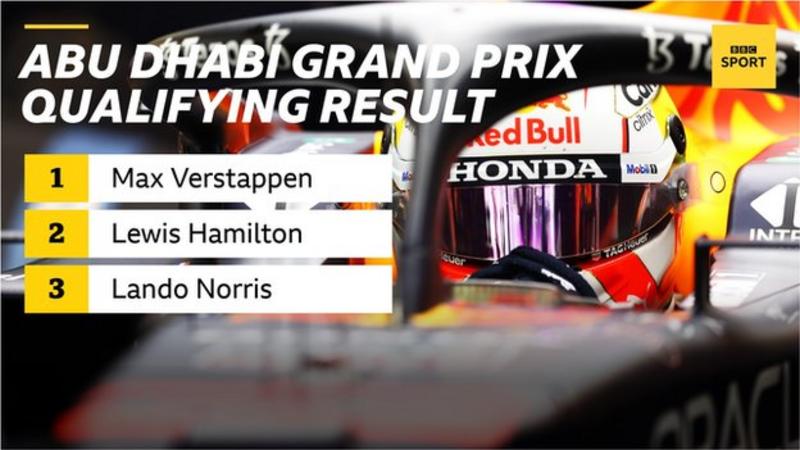Climate change: Is ‘blue hydrogen’ Japan’s answer to coal?
?file=BBC_World_1995.jpg&w=640&h=480)
But today Saiki-San is angry.
"It's a total joke," he says, in perfect English. "Just ridiculous!"
The cause of his distress is a giant construction site blocking our view across the bay - a 1.3-gigawatt coal-fired power station in the making.
"I don't understand why we still have to burn coal to generate electricity," says Saiki-San's friend, Rikuro Suzuki. "This plant alone will emit more than seven million tonnes of carbon dioxide every year!"
Suzuki-San's point is a good one. Shouldn't Japan be cutting its coal consumption, not increasing it, at a time of great concern about coal's impact on the climate?
So why the coal? The answer is the 2011 Fukushima nuclear disaster.
In 2010 about one third of Japan's electricity came from nuclear power, and there were plans to build a lot more. But then the 2011 disaster hit, and all Japan's nuclear power plants were shut down. Ten years later most remain closed - and there is a lot of resistance to restarting them.
In their place Japan's gas-fired power stations have been doing a lot of overtime. But, as Britain has found out recently, natural gas is expensive.
Takao Saiki and Rikuro Suzuki
Image caption,
Takao Saiki, right, and Rikuro Suzuki have campaigned against new coal power plants
So, the Japanese government decided to build 22 new coal-fired power stations, to run on cheap coal imported from Australia. Economically it made sense. Environmentally, not so much. Japan is now under intense pressure to stop using coal.
Instead of closing the old coal plants and switching to renewables, Japan's answer is to switch to burning hydrogen or ammonia.
"The investment made by electric power companies in coal-fired power plants would suddenly be useless without value in their balance sheet," says Prof Tomas Kaberger, an expert on energy policy at Chalmers University in Sweden.
"And it would create financial difficulties for electric power companies and then for banks and pension funds. And that is the challenge for Japan."
The plants can be quite easily converted to burning hydrogen or ammonia, neither of which produce any carbon dioxide. So this seems like a good solution.
But Japan's government has much bigger ambitions than that. It wants to be the world's first "hydrogen economy".
This is where the carmaker Toyota comes in.
The Mirai (which means future in Japanese) is Toyota's first zero emissions electric car.
Image caption,
The Mirai (which means future in Japanese) is Toyota's first zero-emissions electric car.
It's another lovely sunny day and I'm in downtown Tokyo, at a shiny new hydrogen filling station. Standing on the forecourt is a sleek new Toyota Mirai. This is a big luxury car, about the size of a large Lexus.
I slip into the leather-clad cabin, press the "start" button and glide out on to the street. The car is extremely smooth, completely silent, and the only thing dribbling on to the road behind me is a bit of water.
The Mirai (which means future in Japanese) is Toyota's first zero-emissions electric car. Unlike other electric cars, the Mirai doesn't have a huge battery under the floor. Instead, it has a fuel cell under the bonnet, and hydrogen tanks under the back seat. The hydrogen is passed through the fuel cell, where it's converted to electricity, which runs the electric motors. It's the same technology that was used to power the Apollo spacecraft on the Moon missions.
To many people this technology is an odd choice. It's more expensive and complicated than batteries. Elon Musk has called hydrogen cars "stupid".
Not true, says Hisashi Nakai, the head of Toyota's public affairs division. He says the company's vision for fuel cells goes much further than just cars.
"I know people have different opinions," he tells me, "but the important thing is realising carbon neutrality. We need to think about how we can make the most out of fuel cell technology. We strongly believe in hydrogen as a powerful and important energy."
What Nakai-san says shows Toyota is thinking of a future where hydrogen fuel cells are everywhere, in homes and offices and factories, as well as cars. And it wants to be at the forefront of this new hydrogen society.
This brings us to the final, and most important question. Where is the hydrogen to power Japan zero carbon society going to come from?
The answer is "blue hydrogen".
Coal piles are seen at JERA"s Hekinan thermal power station in Hekinan, central Japan October 18, 202
IMAGE SOURCE,REUTERS
Image caption,
Coal piles pictured at a power station in Hekinan, central Japan, in October
Make hydrogen from water using renewable energy and you get "green hydrogen". The problem is green hydrogen is really expensive.
Instead, today most hydrogen is made from natural gas, or even coal. That is cheap but it produces lots of greenhouse gases. However, if you capture those greenhouse gases and bury them in the ground, you are allowed to call it "blue hydrogen".
This is exactly what Japan says it is going to do.
Earlier this year, Japan and Australia opened a joint project in the state of Victoria to turn a type of coal called lignite, or brown coal, into hydrogen. The hydrogen is then liquified to minus 253C, then piped into a specially built ship which carries it to Japan.
What happens to the greenhouse gases produced at the site? Right now, they go straight up into the atmosphere. But Japan and Australia are promising that, at some point in the future, they will begin capturing the greenhouse gas produced at the Latrobe Valley site and inject it into the sea floor off the coast.
Climate change campaigners are horrified by this plan. They say the technology to capture and store greenhouse gases is unproven and it will lock Japan into digging up vast quantities of brown coal for decades to come.

Myanmar’s Suu Kyi sentenced to 4 more years in prison
- A court in Myanmar sentenced ousted leader Aung San Suu Kyi to four more years in prison on Monday after finding her guilty of illegally importing

Black Friday 2021 arrives in Mexico: know the list of all participating stores
- Although this season of offers is carried out abroad, there are some companies that have recently adopted it in our country

Kazakh president: Forces can shoot to kill to quell unrest
- Kazakhstan’s president authorized security forces on Friday to shoot to kill those participating in unrest, opening the door for a dramatic escalation

Abu Dhabi Grand Prix: Max Verstappen on pole with Lewis Hamilton second
- Red Bulls Max Verstappen struck the first blow in his title decider against Lewis Hamilton by taking a stunning pole position in Abu Dhabi.